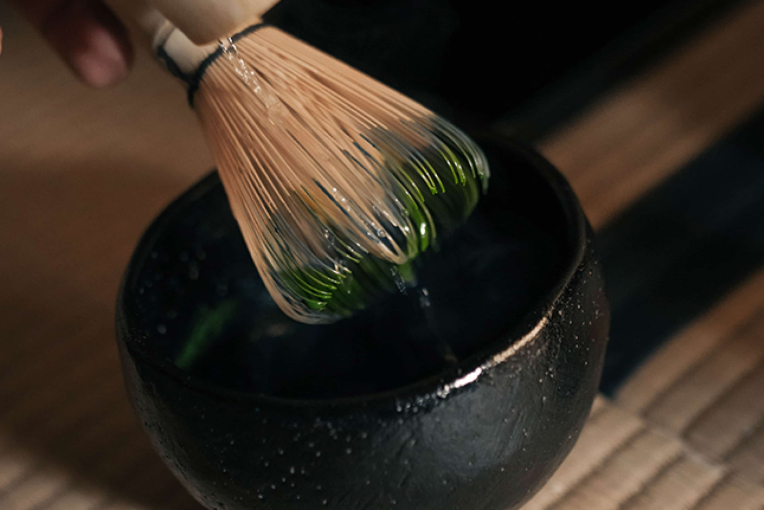An Introduction to Shodo: Japanese Calligraphy
Before you learn calligraphy from a master artist, let’s explore the basics of this ancient art.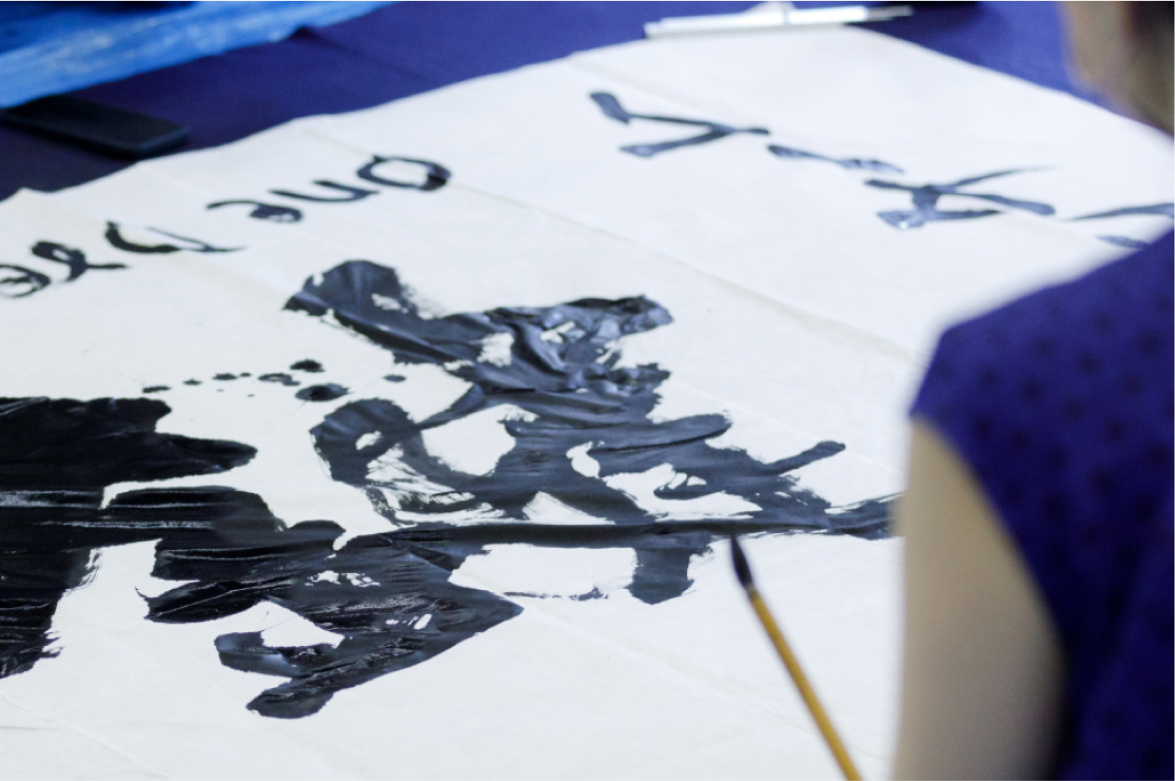
What is Shodo?
Shodo is Japanese calligraphy – the art of writing with ink and brush. With these tools, one can create fantastic, pictorial characters or highly detailed, precise works of scripture.
The art came from China around 2000 years ago, and has been passed down since then as an aristocratic pastime, a scholarly skill, and a traditional art. In today’s digital age, the act of writing with one’s own hands takes on a meaning that computers or smartphones cannot match.
The History of Shodo
The Japanese language uses three scripts: kanji, hiragana, and katakana.
Kanji are Chinese characters, introduced to Japan alongside Buddhism around the 5th century CE. Japanese lacked a written form at the time, so Chinese was used for written communication and religious texts. In the mid-7th century, man’yogana, a writing system that used Chinese characters to represent Japanese sounds, came into use. It is from this period that the oldest works of Japanese calligraphy survive, many of which still use Chinese.
From man’yogana came Japan’s other two scripts. Hiragana evolved from the flowing, cursive style used by women of the imperial court, while katakana were developed by Buddhist monks as a means of abbreviating complex Chinese characters while copying religious texts.
Calligraphy in the Chinese style saw its peak in the Heian period, from 794 to 1185. In the early 9th century, the monk Kukai, Emperor Saga, and Tachibana no Hayanari were called the Sanpitsu, or ‘three brushes,’ and were considered the finest calligraphers of the period.
In the 10th century another trio, Ono no Michikaze, Fujiwara no Yukinari, and Fujiwara no Sukemasa established the foundations of kana calligraphy. They were known as the Sanseki, the ‘three traces,’ and are considered the founders of the Japanese wayo style distinct from Chinese imitations.
From these classical foundations, shodo has continued to develop up to the present day.
Japanese writing systems
Modern Japanese uses a combination of kanji, hiragana and katakana, each with different uses.
【Kanjiex. 阿】…Derived from Chinese characters, each kanji has a meaning and multiple possible pronunciations. They are often used for nouns, adjectives, and the roots of verbs.
【Hiraganaex. あ】…The 46 hiragana characters are phonetic, and used for grammatical elements like particles and verb modifications. Some native Japanese words also use hiragana.
【Katakanaex. ア】…Katakana mirror hiragana: 46 phonetic characters derived from kanji. Nowadays, they are mainly used for loanwords from foreign languages.
Shodo Tools and Materials
TA master calligrapher may use many tools in their work, but several items are common across nearly all styles of shodo:
- Fude (brush) – A long, usually wooden-handled brush tipped with horse, sheet, goat, racoon, or weasel hair.
- Sumi (ink) – Black ink made from charcoal soot and glue, usually compressed into an ink stick and ground with water.
- Hanshi (paper) – Thin, absorbent Japanese washi paper designed for calligraphy.
- Suzuri (inkstone) – A fine stone with a depression in which the ink is ground.
- Shitajiki (underlay) – A thin wool sheet that evens the pressure on the paper and protects the table beneath.
- Bunchin (paperweight) – One or two wide paperweights used to keep the paper flat and steady.
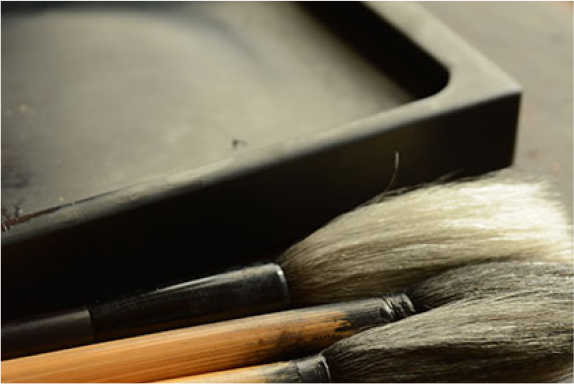
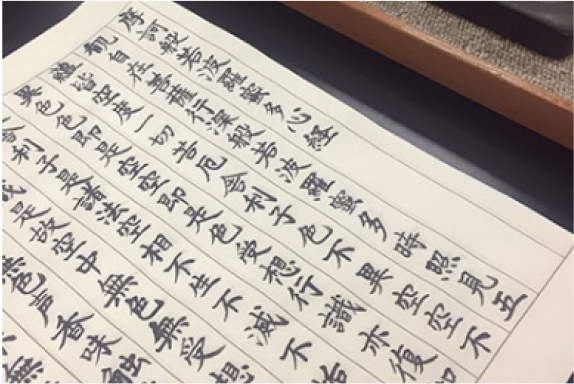
How to Do Japanese Calligraphy
The basics steps of shodo are as follows:
1. Steady Your Posture
Place your left hand on the paper. Straighten your back and lean slightly forward. Take a deep breath and calm your thoughts.
2. Grind the Ink
Take the ink stick in the first three fingers of your right hand. Grind it in a circle with a little water on the inkstone until the ink is thick and opaque, then push it into the deepest part of the inkstone. Repeat this process two or three times, diluting the ink with more water as needed.
3. Take the Brush
Hold the brush in the centre of the handle with your index and middle fingers on one side and your thumb on the other. Allow your other fingers to relax.
4. Write
Move the brush with your arm, rather than your wrist. Be sure also to keep your arm off the table.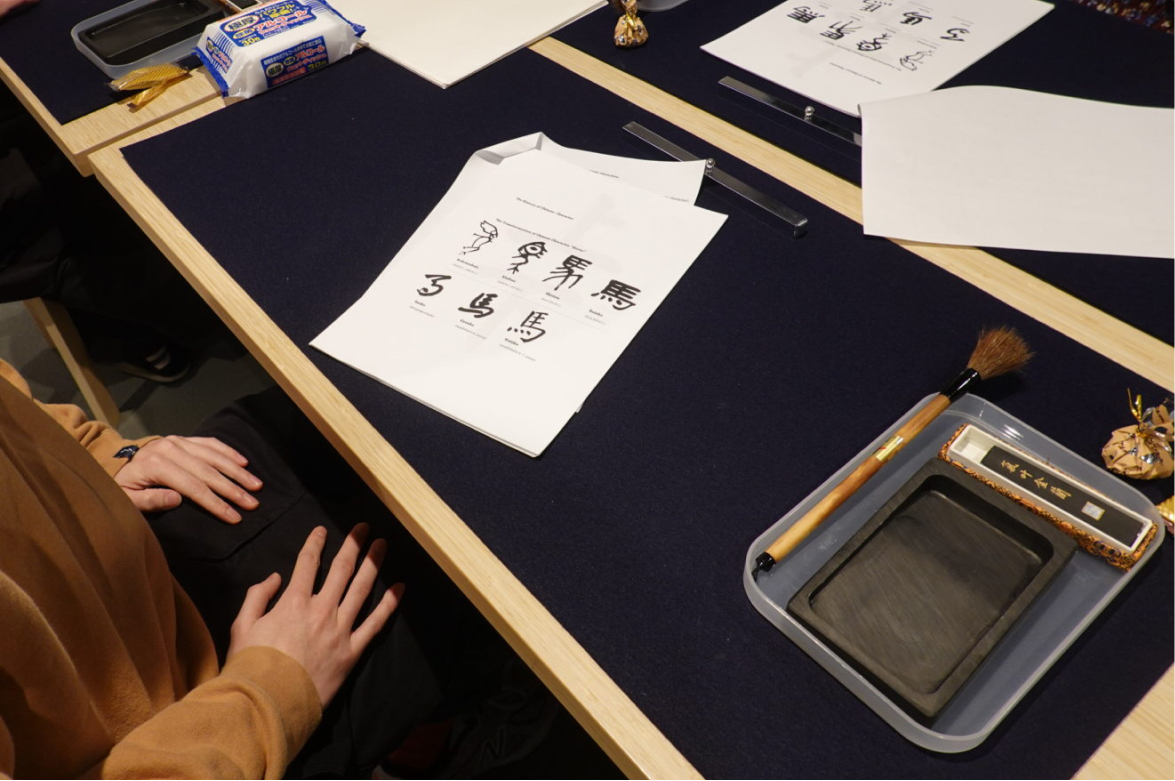
Our dedicated coordinators will propose the best cultural experiences for you, customized to your needs.
